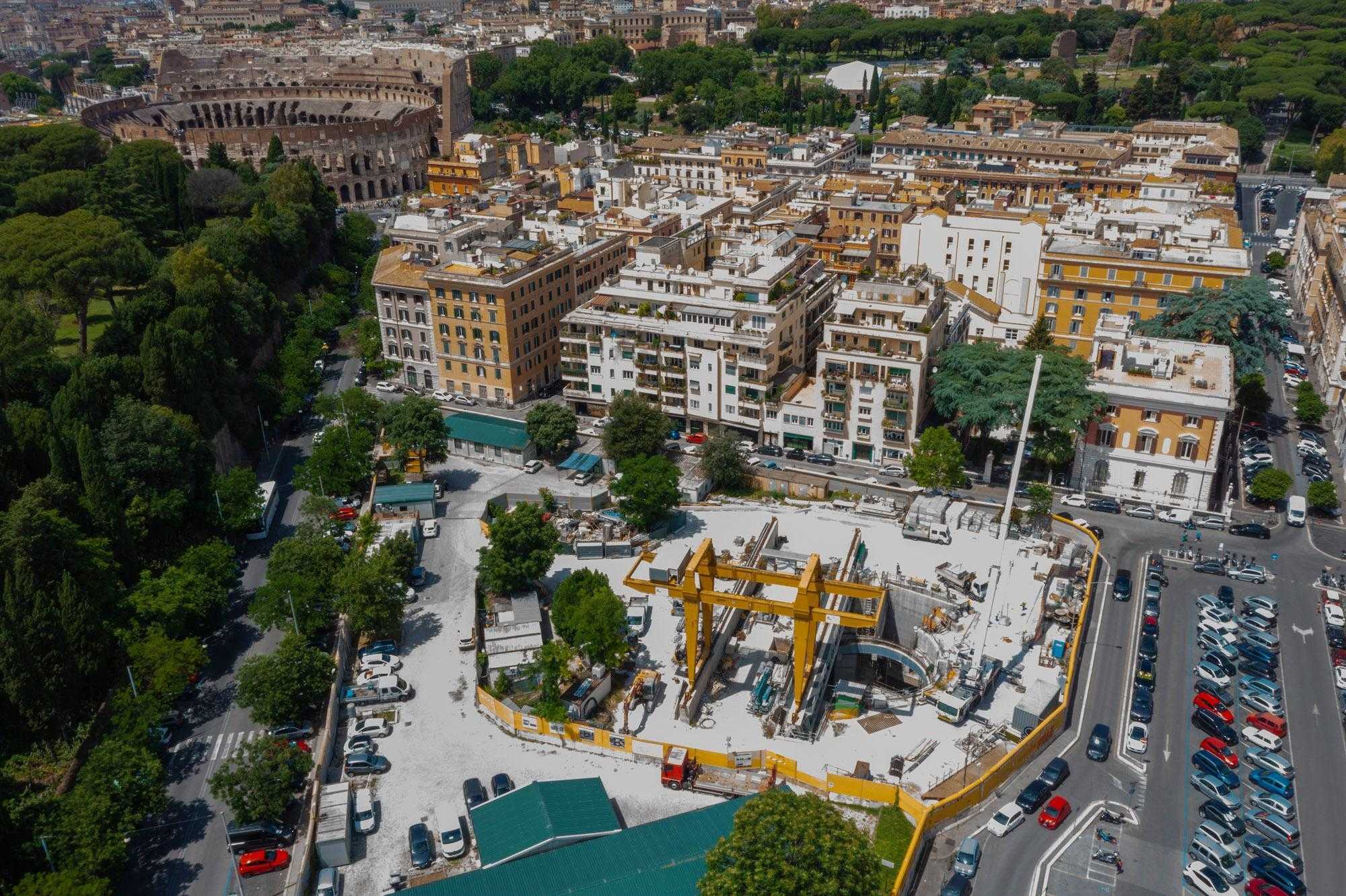Rome’s Metro Line C: Exploring the Newest Additions to the System
Rome, a city renowned for its rich history and stunning architecture, is also home to a growing metro system that helps locals and tourists navigate its bustling streets. The newest addition to this system, Metro Line C, is a significant development aimed at improving connectivity and easing congestion. This guide provides practical information about Line C, its features, and how it enhances travel in Rome.
Understanding Metro Line C
Metro Line C is the third line in Rome’s metro system, designed to connect the eastern suburbs with the city center. It stretches over 19 kilometers and includes 22 stations, with plans for further extensions. The line is fully automated, meaning trains operate without drivers, which enhances efficiency and safety. This line is particularly beneficial for those living in or visiting areas like Centocelle, Alessandrino, and Torre Maura, which were previously underserved by public transport.
The line’s construction has been a massive undertaking, involving advanced engineering to navigate Rome’s archaeological treasures. As a result, some stations, like San Giovanni, offer a unique blend of modern transit solutions and historical exhibits, showcasing artifacts discovered during construction. This makes Line C not just a transportation route but also a cultural experience.
Key Stations and Connections
One of the most significant stations on Line C is San Giovanni, which serves as a crucial interchange with Line A. This connection allows passengers to easily transfer between lines, facilitating access to major attractions like the Vatican, Spanish Steps, and Trevi Fountain. San Giovanni station itself is a marvel, featuring a museum-like atmosphere with displays of ancient Roman artifacts.
Another important station is Lodi, which provides access to the vibrant Pigneto neighborhood, known for its eclectic mix of bars, restaurants, and art spaces. This area is a favorite among locals and offers a different perspective on Roman life, away from the typical tourist spots.
The line’s current terminus is Monte Compatri-Pantano, located in the eastern suburbs. This station is essential for commuters traveling into the city, offering park-and-ride facilities that encourage the use of public transport over private cars, thus reducing traffic congestion in the city center.
Future Developments and Benefits
The development of Metro Line C is ongoing, with plans to extend the line further into the city center, eventually reaching the Colosseum and beyond. This extension will significantly enhance the line’s utility, providing direct access to some of Rome’s most iconic landmarks. The completion of these extensions is eagerly anticipated, as it promises to further alleviate traffic and improve the overall efficiency of Rome’s public transport network.
The benefits of Line C are already evident. It has reduced travel times for many commuters and provided a reliable alternative to Rome’s often congested roads. The line’s modern trains and stations offer a comfortable and efficient travel experience, making it an attractive option for both residents and visitors.
In summary, Rome’s Metro Line C is a vital addition to the city’s transport infrastructure, offering improved connectivity and convenience. Whether you’re a local resident or a tourist exploring the Eternal City, Line C provides a modern, efficient way to navigate Rome’s diverse neighborhoods and historical sites.
